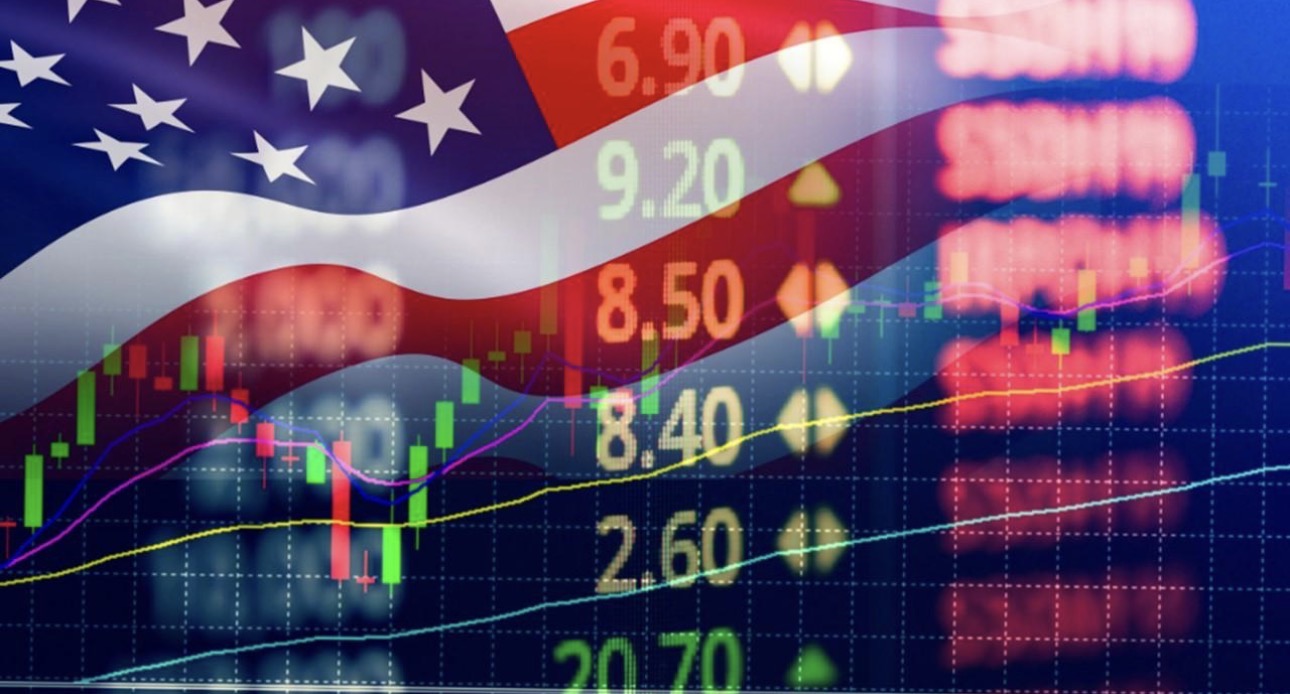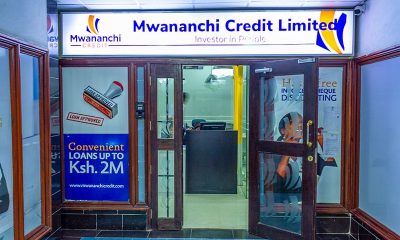Business
Why Kenyan Investors Should Pay Attention to the U.S. Stock Market (US30 Index)

The US30 index is one of the most widely followed and influential stock market benchmarks in the United States, tracking 30 of its largest publicly traded companies.
From Apple to Microsoft, this is the index that reveals the overall health and direction of the US economy, including investor sentiment and trends across several major industries. So why is it important for Kenyan investors too?
Gaining Context in Kenya
Perhaps the biggest reason is because it gives Kenyan investors context – and therefore confidence. If you were to log on to a platform like Exness, load up the interactive chart, and couple the US Wall Street 30 index with USD/KES, you’d see firsthand how shifts in the US market influence the Kenyan shilling in real time.
For instance, a sharp decline in the US30 might trigger risk-off sentiment globally, which would subsequently weaken the KES. Conversely, a strong upward trend in the US30 might boost confidence, attracting capital inflows and strengthening the KES to create a more favourable environment for Kenyan equities and commodities.
The point is, anything that happens in the US30 is going to directly or indirectly affect the Kenyan market, and this makes it important to pay attention to if you’re active as a Kenyan investor. Remember, an index like the US30 doesn’t operate in isolation – its movements reflect global sentiment, as well as economic conditions that influence local markets, including the performance of Kenyan equities and the strength of the KES.
Any Asset, Any Market
This is true for any asset you might be trading. Let’s say, for example, you’re formulating a gold trading strategy, using charts and other data on sites like Exness for example, that relies on both local and international market cues.
Movements in the US30 can signal shifts in global risk appetite: a declining US30 might push investors towards safe-haven assets like gold, driving up prices, while a rising US30 could indicate renewed confidence in equities, potentially putting downward pressure on gold.
By getting this context and monitoring the US30 alongside gold prices, you can begin to formulate a clear picture of when to enter or exit trades, based on the market signals that are most likely to influence price movements in Kenya. Essentially, you’re aligning your singular strategy with global investor sentiment, while still accounting for local factors such as currency fluctuations, domestic demand, and regulatory changes.
And the same is true for any asset, any market. Across the Kenyan financial landscape, whether you’re trading equities, forex, commodities, or even bonds, the US30 will be providing valuable insight into global risk appetite and market momentum, giving you the chance to anticipate ripple effects and adjust your positions accordingly.
Tracking the US30 in Kenya
Tracking it, then, must be done effectively. If you’re a Kenyan investor who wants this context and is looking to build extra confidence when making investment decisions, you’ll need to combine real-time chart analysis with a clear understanding of both global and local market factors. There are five key things to monitor here:
- Support and Resistance Levels
Support levels are prices where the US30 historically tends to stop falling, while resistance levels are where it stops rising. For Kenyan investors, these levels can signal potential entry or exit points for trades and help anticipate market reactions that might affect the KES or commodities like gold.
- Reversal Flags
A reversal flag is a chart pattern that signals a potential change in the prevailing trend. For instance, if the US30 has been declining and forms a reversal flag, it might indicate the start of an upward trend – and vice versa. Kenyan investors can use this to anticipate improvements in global investor sentiment, which could positively influence their local markets.
- Double Tops
A double top occurs when the US30 reaches a certain high, pulls back, and then tests that same high without breaking through. The reason this is important is because it could signal weakening momentum and a possible downward correction. In Kenya, spotting this could serve as a warning to reduce exposure to riskier investments or hedge positions.
- Moving Averages
When tracking the US30, short-term and long-term MAs will also be crucial for identifying trends and momentum. As a Kenyan investor, if global markets are entering bullish or bearish phases, this could guide decisions on when to increase or reduce exposure to local equities or forex positions like USD/KES.
- Trading Volume
Trading volume shows how many shares are being traded and provides insight into the strength of those trades. Again, understanding these trends as a Kenyan investor is highly useful when anticipating ripple effects on the NSE, the KES, and commodity markets.
- Economic Indicators
Even outside of the chart itself, key US economic data – such as unemployment rates, GDP growth, and inflation figures – can heavily influence the US30. Kenyan investors can therefore use these indicators to preempt shifts in global risk sentiment, which in turn may affect the KES and local equities.
- Geopolitical Events
As always, tracking an index like this must be coupled with the tracking of geopolitical events – events that will create volatility in the markets and influence how investors are feeling. For Kenyan investors, understanding how US policy changes, trade tensions, or international conflicts are impacting the US30 can give them even more confidence in their decisions, allowing them to adjust their portfolios accordingly.
Conclusion
The US30 is not just influential to the Kenyan markets, but every market around the world. In a way, investors use it as a barometer of risk and sentiment.
If it’s rising steadily, then global investor confidence is strong. If global investor confidence is strong, then this could benefit Kenyan markets through capital inflows, stronger KES, or positive momentum in equities and commodities.
Conversely, if it’s falling or showing increased volatility, then global investor confidence is weak. If global investor confidence is weak, then this could signal risk aversion, prompting caution among Kenyan investors and potentially impacting local asset prices.
Whichever way you look at it, the US30 is an important and useful indicator for Kenyan investors, providing the kind of insight you need to inform your decisions and make sure they’re as well-timed and strategic as possible.
Kenya Insights allows guest blogging, if you want to be published on Kenya’s most authoritative and accurate blog, have an expose, news TIPS, story angles, human interest stories, drop us an email on [email protected] or via Telegram
-

 Investigations2 weeks ago
Investigations2 weeks agoHow Land Grabbing Cartels Have Captured Ardhi House
-

 News2 weeks ago
News2 weeks ago48-Year-Old Woman Who Pushed 25-Year-Old Boyfriend To Death From 14th Floor Kilimani Apartment Arrested
-

 News2 weeks ago
News2 weeks agoChristine Lewis Arrested in the US After Allegedly Posing as Registered Nurse
-

 Business1 week ago
Business1 week agoPanic As Payless Africa Freezes With Billions of Customers Cash After Costly Jambopay Blunder
-

 Business2 weeks ago
Business2 weeks agoSHOCKING LOAN SCANDAL: Mwananchi Credit Slammed for Turning Sh7 Million Loan Into Sh22 Million Debt Trap
-

 Africa2 weeks ago
Africa2 weeks agoPredators of South Sudan: Young “Guardians” Loot Billions
-

 News1 week ago
News1 week agoSCANDAL: Cocoa Luxury Resort Manager Returns to Post After Alleged Sh28 Million Bribe Clears Sexual Harassment and Racism Claims
-

 Business2 weeks ago
Business2 weeks agoMwananchi Credit Faces Massive Lawsuits After Court Flags Predatory Lending That Left Customers’ Loans Ballooning




















